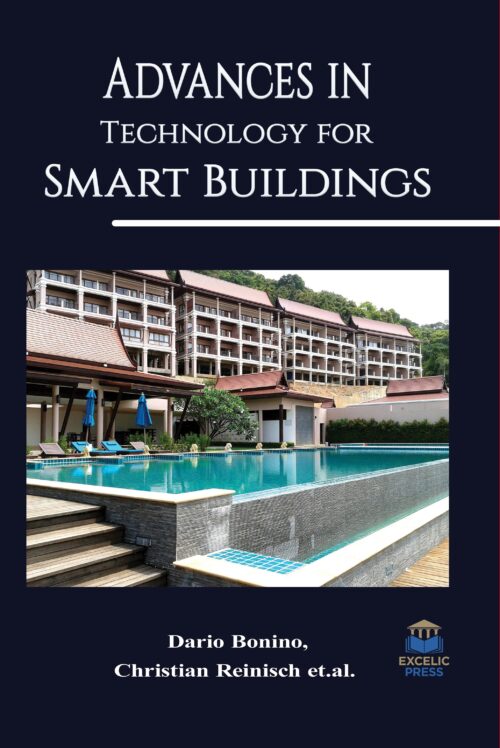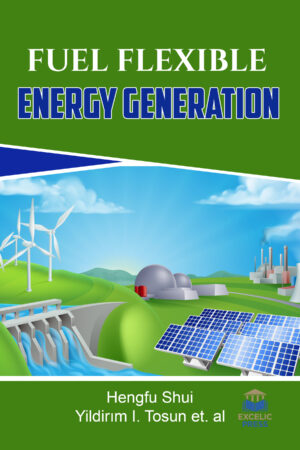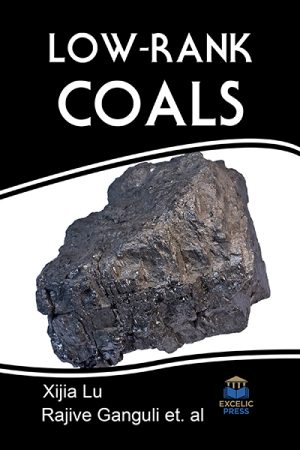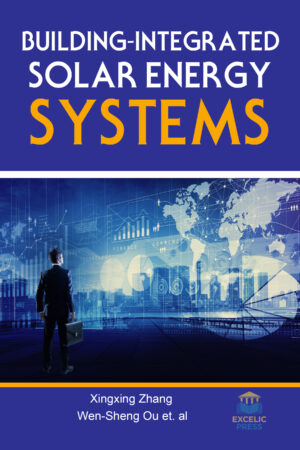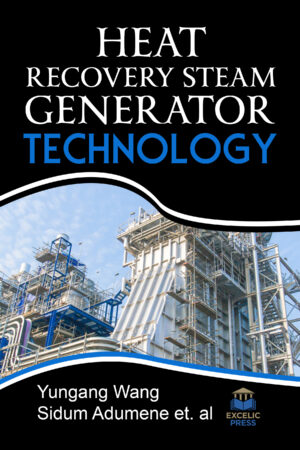Description
Our buildings today are certainly smarter than they were 10, or even five years ago. Nevertheless, steady advances in building management and automation systems, data analysis tools, and communications protocol design are occurring. Innovation and new technologies are changing the characteristics of buildings on a daily basis. This is because building owners are requiring more automated services, increased security, more efficient operations and reduced budgets. Therefore as building automation features are improving and reduced budgets are being required by owners, additional avenues should be evaluated to reduce long-term costs by improving facility maintainability. Recent advances in data gathering and analysis are opening up new possibilities for smart building technology. The ongoing expansion and upgrading of wireless networks and leaps in computing power mean that today’s smart building designers possess the tools to use data to make the built environment more comfortable while reducing our carbon footprint.
The aim of Advances in Technology for Smart Buildings is to bring together academic and industrial specialists, which addresses this important topic entails significant developments in a broad range of topics, from foundational topics regarding the organization and analysis of information, to papers delivering novel technological platforms for interconnecting smart sensors and intelligent devices, to pilots reporting recent developments in real-world deployments, particularly for intelligent buildings, as this is the current trend in which building construction is heading. It limitedly considers the historic aspects of construction and automation, assesses the current situation and considers the projected future needs. Sensors are increasingly being installed in buildings to gather data about movement, heat, light and use of space. This information allows building management systems (BMS) to make reactive – and even anticipatory and personalized – real-time changes to a building’s environment to suit its occupants.

